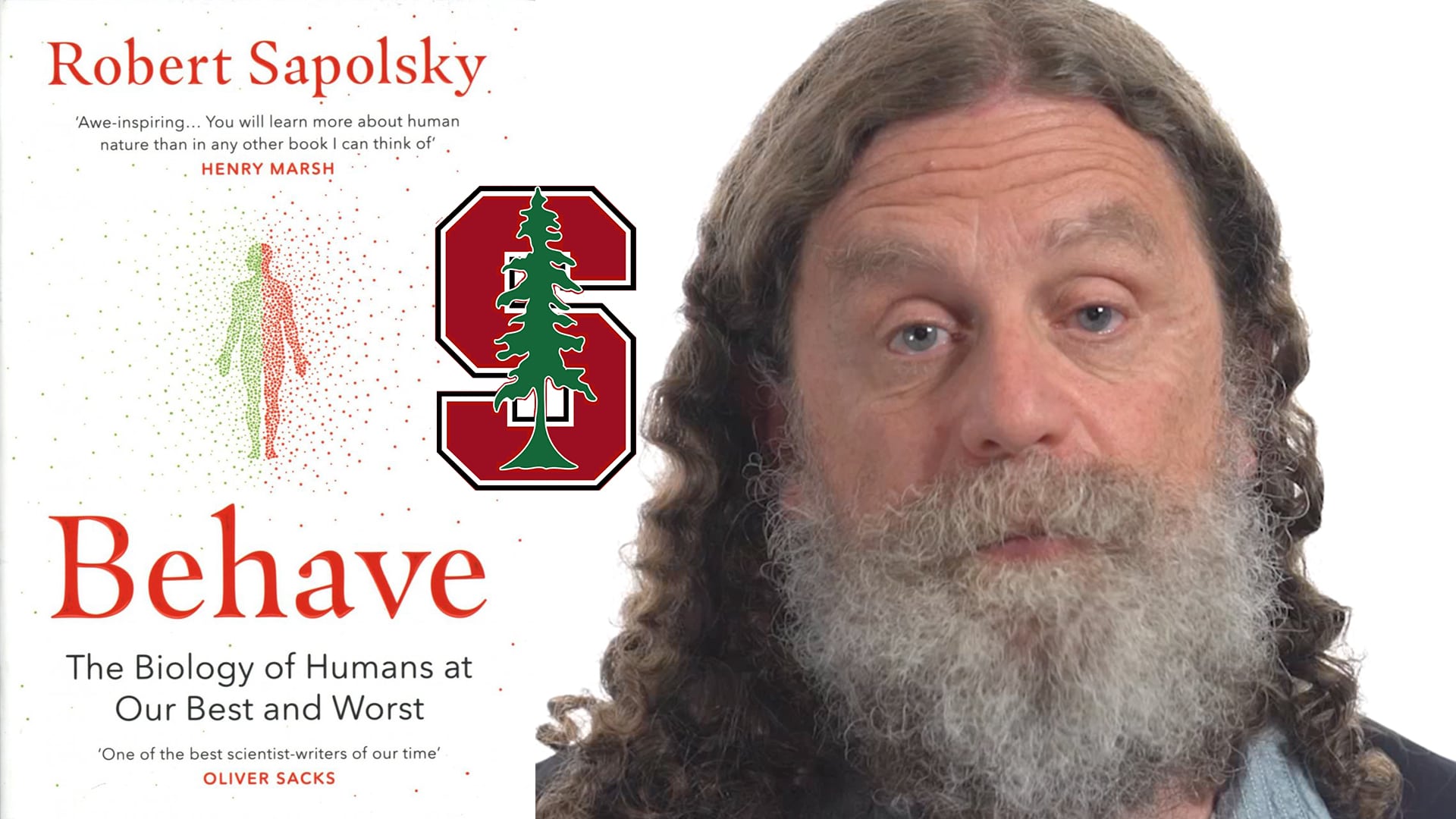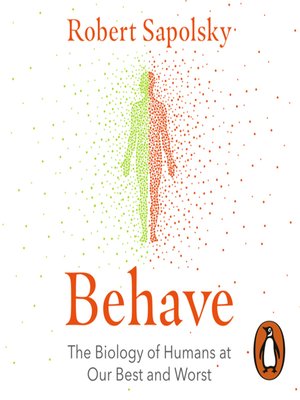
How culture has shaped that individual's group, what ecological factors helped shape that culture, and on and on, back to evolutionary factors thousands and even millions of years old. Finally, he expands the view to encompass factors larger than that one individual. Sapolsky keeps going-next to what features of the environment affected that person's brain, and then back to the childhood of the individual, and then to their genetic makeup. What goes on in a person's brain a second before the behavior happens? Then he pulls out to a slightly larger field of vision, a little earlier in time: What sight, sound, or smell triggers the nervous system to produce that behavior? And then, what hormones act hours to days earlier to change how responsive that individual is to the stimuli which trigger the nervous system? By now, he has increased our field of vision so that we are thinking about neurobiology and the sensory world of our environment and endocrinology in trying to explain what happened. Sapolsky's storytelling concept is delightful but it also has a powerful intrinsic logic: he starts by looking at the factors that bear on a person's reaction in the precise moment a behavior occurs, and then hops back in time from there, in stages, ultimately ending up at the deep history of our species and its genetic inheritance.Īnd so the first category of explanation is the neurobiological one.

Creating and strengthening memory can also occur through the creation of new dendrites-the ends of the neuron receptive to others.Over a decade in the making, this game-changing book is Robert Sapolsky's genre-shattering attempt to answer that question as fully as perhaps only he could, looking at it from every angle. LTP occurs throughout the nervous system, facilitating our ability not just to remember explicit facts but also conditioned responses like fear, craving, and sensations. In a highly complex sequence of events, Sapolsky outlines the basis of learning and memory: strengthened connections between particular neurons. This first activational burst of neuron B causes long-term potentiation (LTP), a prolonged increase in the responsiveness of the synapse to subsequent glutamate signals.

Now neuron A can send information through to the receptive neuron B. In creating synaptic connections, one neuron sends repeated signals containing the neurotransmitter glutamate through the synapse (the gap between the two neurons) to another neuron, which finally activates once its activation threshold is reached.

“The essence of learning” (139) is the synaptic connection between neurons.


 0 kommentar(er)
0 kommentar(er)
